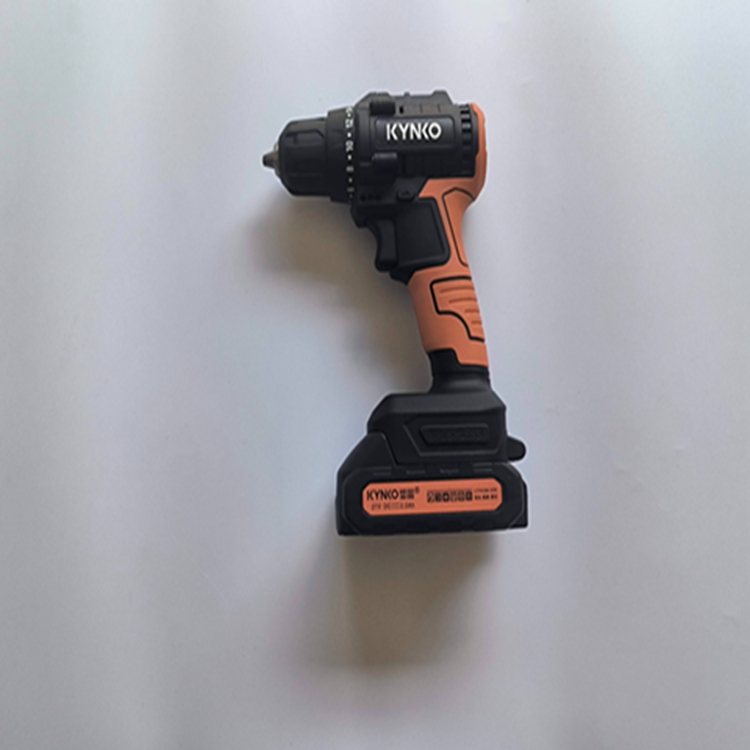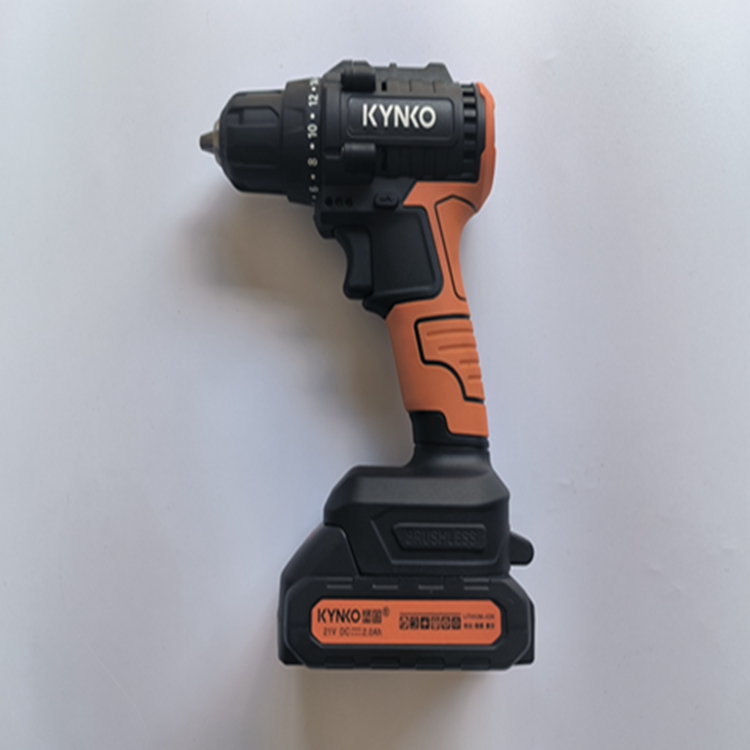When smelting stainless steel, the cost of raw materials accounts for more than 80% of the conversion cost of molten steel. Therefore, it is extremely important to realize the optimization of raw materials, including the optimization of raw material costs and inventory levels. This article will introduce the lowest-cost loading calculator (LCC) developed by Danieli for the optimization of electric furnace charging. LCC minimizes the cost of electric furnace charging by calculating various conditions and different constraints such as raw materials, time intervals, and scrap yard inventory. The electric furnace charge consists of scrap steel, ferroalloys, residual steel in the furnace (if any), and reflow molten steel (if any). LCC offers a variety of different calculation models and calculations. LCC calculation model The "multi-smelting" calculation model is used to calculate the number of heats not yet started in the electric furnace, and no raw materials have been received for them; calculations have not yet been made on the basis of setting the scrap baskets and alloy silos for these heats. These calculations also consider whether there are any minimum and maximum total weight limits for the available raw materials. The "single furnace smelting" calculation model is used to calculate the number of heats that have not yet been smelted in the electric furnace; it is also used to calculate the number of heats that are being smelted, if at least one empty basket or silo is still available. These calculations take into account all the raw materials that have been loaded into the furnace, all baskets that have been scheduled or reported to be assigned to the assigned heats, and any other fixed raw material weights that have been set before the calculations are made. LCC week calculation This optimization is based on the minimization of the cost of the loaded metal materials, including several furnace steels that need to be smelted in the future, usually set within one week. No inventory is considered at this stage. The results of the calculations include: the weights of the various raw materials that need to be used in the multi-smelter smelting process and their minimum and maximum limit values; the total cost of the required charge. For each furnace smelting, it is possible to give a list of the various raw material weights in the total weight of the constituent raw materials that need to be used, the total cost of the charge and the cost per ton of steel, the expected steel output from the electric furnace, and the expected molten steel chemical composition. Short-term LCC calculation The number of heats to be produced can be provided, usually set within 3 days. The calculation process is basically a recalculation of the weekly LCC, but in this case, the inventory of raw materials needs to be considered. Single furnace LCC calculation The input to a single oven is basically the same as the weekly LCC and short-term LCC calculations. In addition, the following inputs need to be taken into account: Scrap Yard Inventory - Real-time reporting of raw material availability for actual scrap yards; existing raw material reports include baskets, silos, and reflowed molten steel that have been assigned to a specified furnace; already loaded Furnace charge; initial steel weight (if any). The results of the calculations include: a list of the various raw material (super) weights used to make up the total weight of the charge; the total cost of the total charge and the cost per ton of steel; the expected steel output from the furnace; and the expected chemical composition of the molten steel. Basket loading calculation The loading of the basket is used to calculate the distribution of the material layers of each basket determined according to the operating rules of the electric furnace and to calculate the distribution of the charge of a given scrap steel basket into the furnace. The result of the calculation gives the charging sequence of the basket and the loading sequence of the bin for a given heat. in conclusion The above-discussed optimization model is an effective means for minimizing the charging costs of stainless steel electric furnaces while meeting product quality requirements. Moreover, the model can reduce inventory as much as possible, thereby further reducing production costs and achieving punctual steelmaking production. An electric drill is a drilling tool that uses electricity as power. It is a conventional product in power tools, and it is also the most demanded power tool product. The annual production and sales volume accounts for 35% of China's power tools. Electric Cordless Impact Drill,High quality electric drill,21V Custom Powered Electric Drill,Powered Electric Cordless Impact Drill Shijiazhuang Longshu Mechanical & Electrical Equipment Trading Co., Ltd. , https://www.lsjgbearing.com
The main specifications of electric drills are 4, 6, 8, 10, 13, 16, 19, 23, 32, 38, 49mm, etc. The number refers to the maximum diameter of the drill bit for drilling on steel with a tensile strength of 390N/mm2. For non-ferrous metals, plastics and other materials, the maximum drilling diameter can be 30-50% larger than the original specification.


Principle:
The working principle of the electric drill is that the motor rotor of the electromagnetic rotary or electromagnetic reciprocating small-capacity motor performs magnetic field cutting and work operation, and the operating device is driven by the transmission mechanism to drive the gear to increase the power of the drill bit, so that the drill bit scrapes the surface of the object and penetrates the object better. .
Application:
1. Construction and Industry
It is widely used in the reinforcement of building beams, slabs, columns, walls, etc., decoration, wall installation, brackets, railings, billboards, air conditioner outdoor units, guide rails, satellite receiver elevators, steel structure workshops, etc.
2. Medical applications
(1) Dental:
At the beginning of the 20th century, a wall-mounted three-bend dental drill appeared, with a speed of 4000 r/min, and some even reached 10,000 r/min. The rope wheel-driven three-bend dental drill that we are still widely used is its derivative. thing.
(2) Otology:
Julius Lempert, the father of modern otology, pioneered the use of electric drills for ear surgery in New York in 1938 to treat chronic ear diseases and reduce the incidence of facial nerve damage. But the electric drills of the time were difficult to control and were very noisy. Modern electric and air drills greatly increase the rotational speed and enhance the cutting capacity. The use of fast cutting drills, diamond drills and irrigation-suction systems enables otologists to quickly complete accurate surgical dissections and greatly reduce operating time.
3. Marine flexible rod drill
The utility model relates to a new type of marine drilling equipment, which is mainly used for coring and sampling of the bottom layer of the seabed, and exploration of marine geology and minerals. First, it was successfully developed by the French Institute of Petroleum (IFP). It was initially used to drill 300-meter and 500-meter boreholes on land, and later cooperated with the Soviet Union to drill oil wells up to 3,000 meters deep. In 1965, it was successfully tested at sea for the first time, and the drilling depth reached 2,500 meters. ECSM offshore flexible rod coring drill is to install the flexible rod, electric drill, coring tube, drill bit and submersible pump on the same frame, lower it to the seabed with wire rope, and supply power from the ship surface through the cable to realize remote control drilling. It can drill up to 100 meters in water depth of 500 meters and take out 3.5 inches of core. The machine weighs about 10 tons.